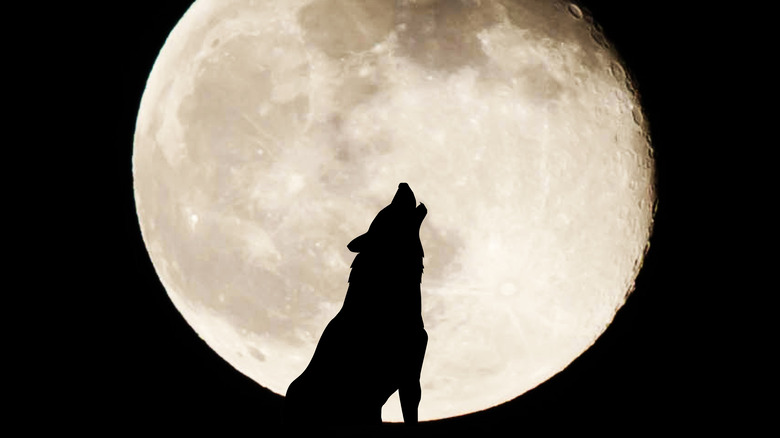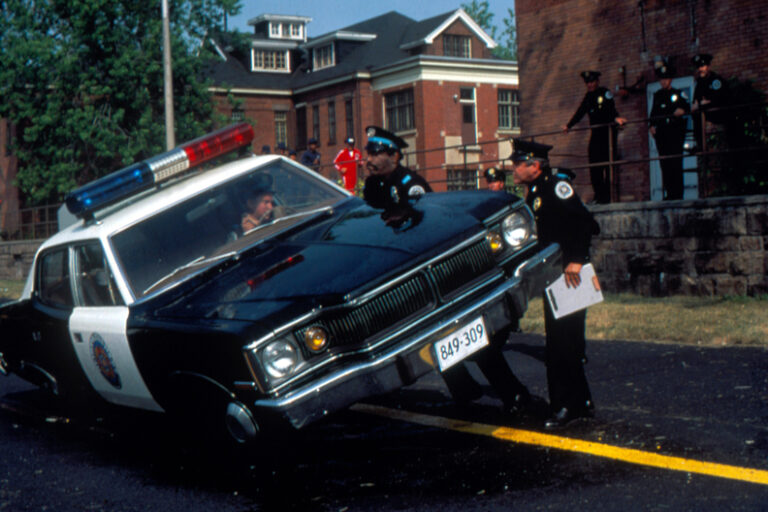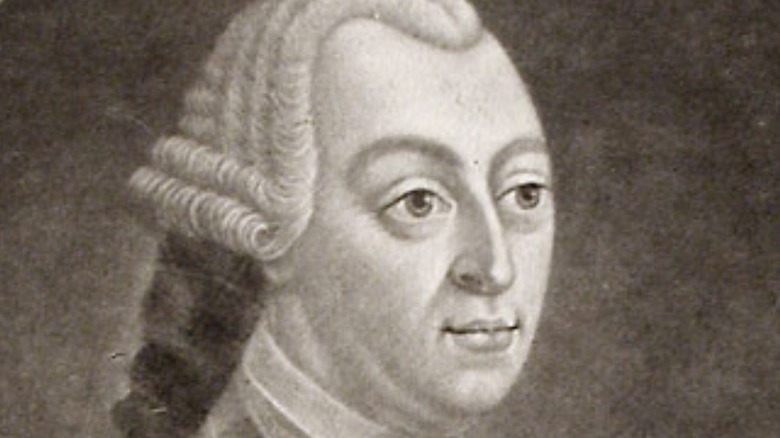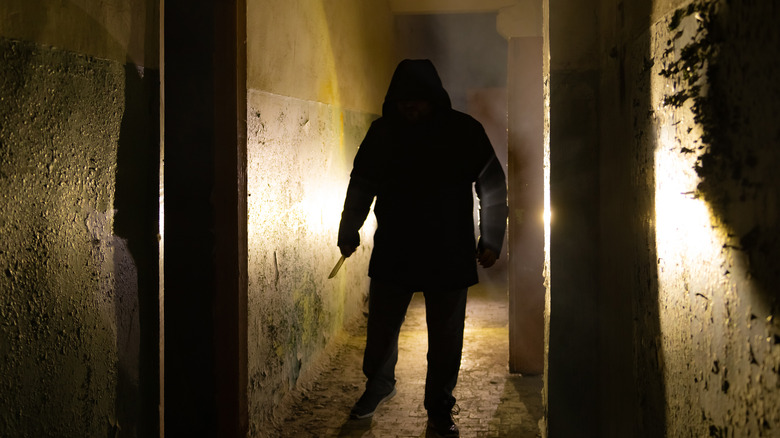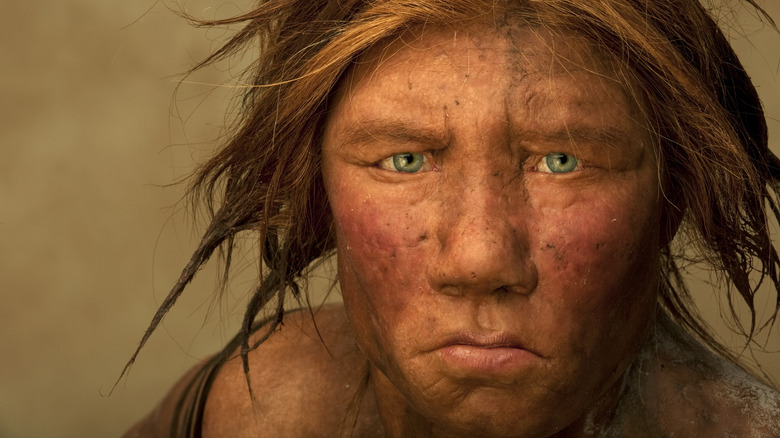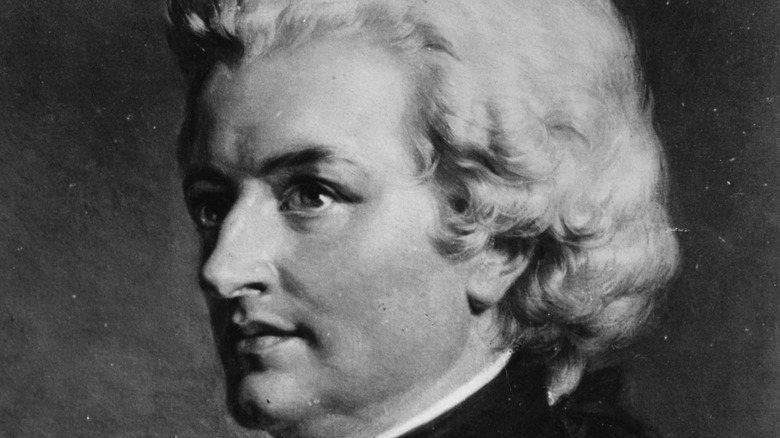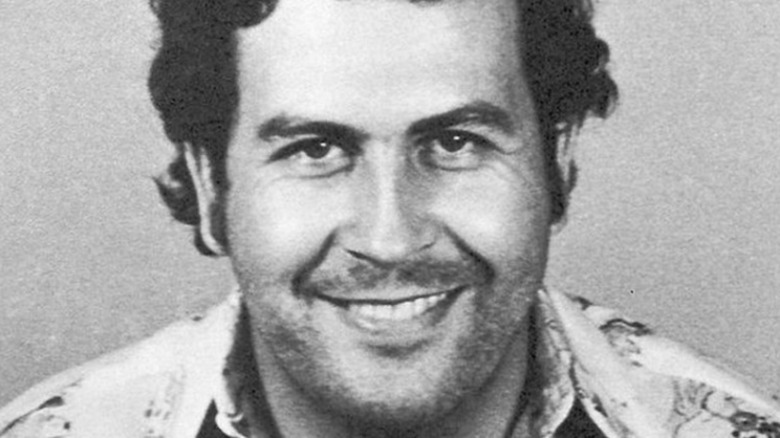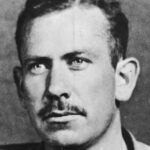
The Truth About John Steinbeck’s Unpublished Werewolf Mystery
John Steinbeck, author of such literary classics as “Grapes of Wrath” and “Of Mice and Men,” wasn’t an overnight success. It took years of honing his craft before he became a widely known writer in 1935 with his humor series called “Tortilla Flat,” according to The Nobel Prize.
While he was eventually awarded the 1962 Nobel Prize in Literature “for his realistic and imaginative writings, combining as they do sympathetic humor and keen social perception,” according to The Nobel Prize organization, the author dealt with rejection like all writers do. As it turns out, one such rejection is an entire Steinbeck novel that’s been sitting in the metaphorical bowels of academia for 90 years, The Guardian reported — a novel about a community that fears several murders that happened during a full moon may be the work of a werewolf.
Now, Stanford English professor, department chair, and author, Gavin Jones, whose newest book called “Reclaiming John Steinbeck: Writing for the Future of Humanity,” is calling for Steinbeck’s long-lost novel, “Murder at Full Moon,” be published by Steinbeck’s literary agents, McIntosh & Otis. But McIntosh & Otis told the Observer (via The Guardian) that’s a hard pass.
“As Steinbeck wrote ‘Murder at Full Moon’ under a pseudonym and did not choose to publish the work during his lifetime, we uphold what Steinbeck had wanted. As the estate’s agents, we do not further exploit the works beyond what had been the author and estate’s wishes,” the publishing company explained.
John Steinbeck didn't destroy 'Murder at Full Moon' after it was rejected
Jones clapped back at the literary agency. “Steinbeck did attempt to have the book published early in his career, and he did not destroy this manuscript as he did several others. Many authors have their works published posthumously, and write under pseudonyms,” he said.
The Guardian reported that Steinbeck, whose pseudonym was Peter Pym, destroyed two of his unpublished novels but did not destroy the werewolf story. The novel is housed as part of the John Steinbeck Collection at the Harry Ransom Center of the University of Texas, Austin. It is tucked inside one of 12 boxes that include both typed and handwritten short stories, novels, and articles, along with some of Steinbeck’s correspondence with his editor, according to the university.
Jones told The Guardian that the 233-page typed manuscript is different from Steinbeck’s usual realist musings, or what Nobel Prize described as his penchant for “dealing with the economic problems of rural labor.”
“Even though it is very different from Steinbeck’s other work, in a totally different genre, it actually relates to his interest in violent human transformation — the kind of human-animal connection that you find all over his work; his interest in mob violence and how humans are capable of other states of being, including particularly violent murderers,” Jones said.
Unless Steinbeck’s publisher’s, McIntosh & Otis, have a change of heart, we’ll just have to take Jones’ word for it.

Why Prince's Half-Sister Once Sued Him

This Is Only Star Trek Episode With No Female Speaking Parts

The Untold Truth Of Anthony Kiedis

Disturbing Details Discovered In Juice Wrld's Autopsy Report
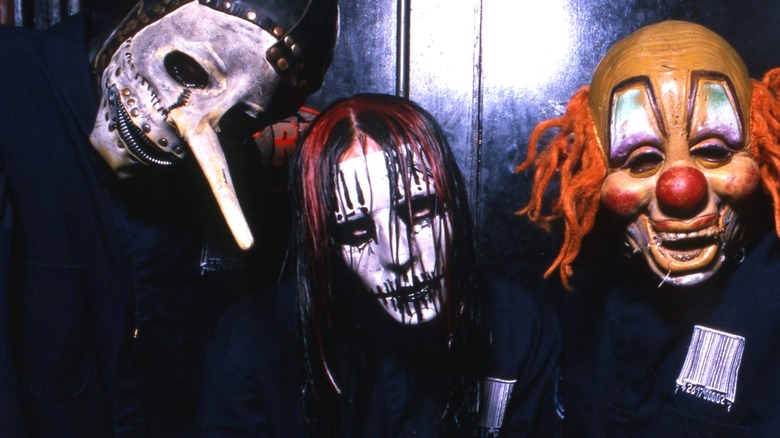
The Meaning Of Every Slipknot Mask Explained

What Was Tawny Kitaen's Net Worth When She Died?

The Surprising Reason The Academy Awards Are Called The Oscars

The Tragic Death Of Sam Kinison

The Reason Johnny Mathis Hated Two Of His Most Famous Songs

Hilarious Animal Videos You Have to Laugh At
